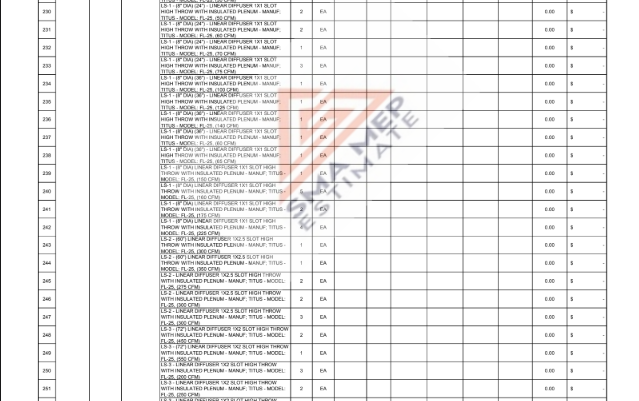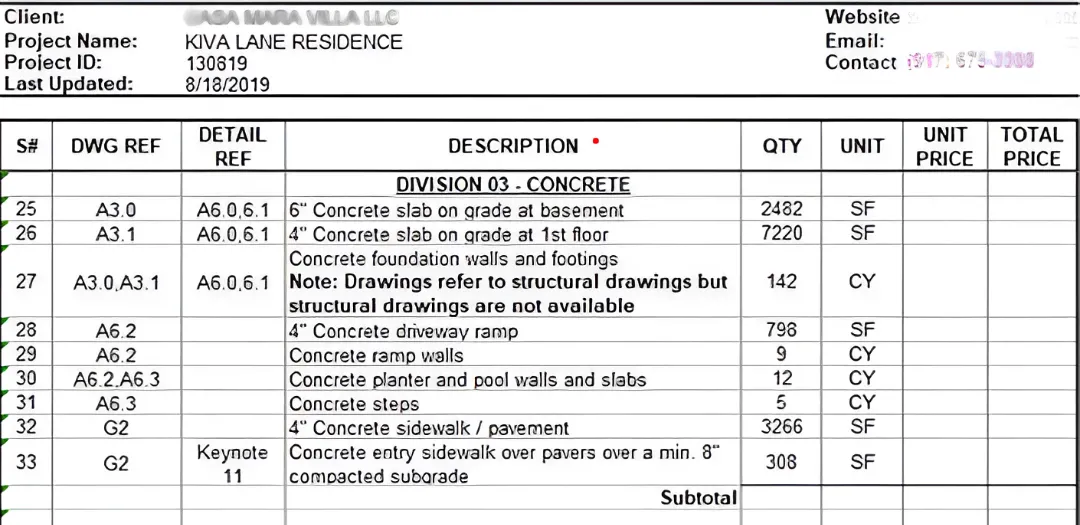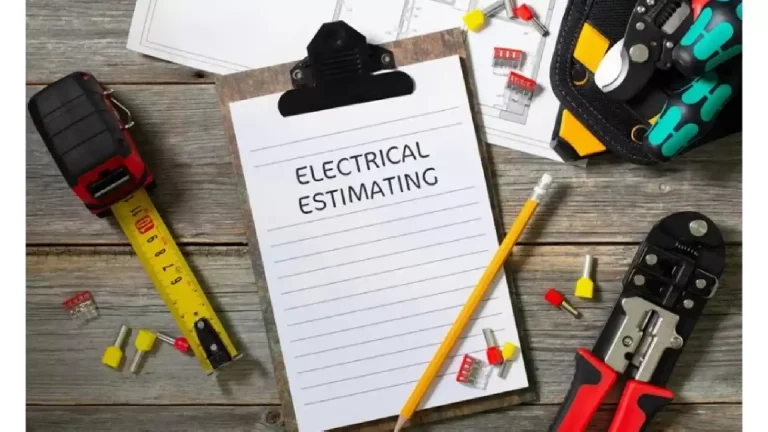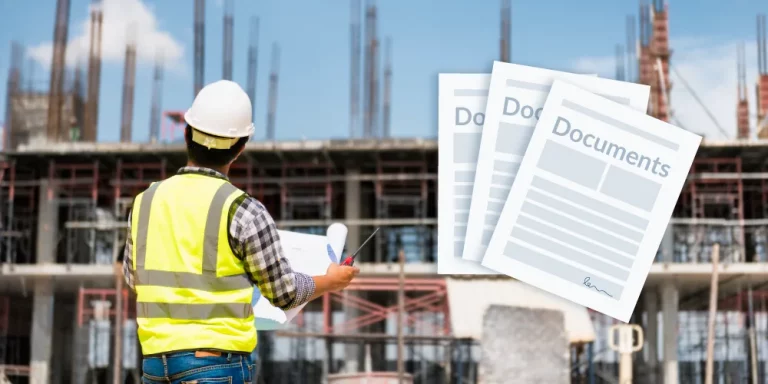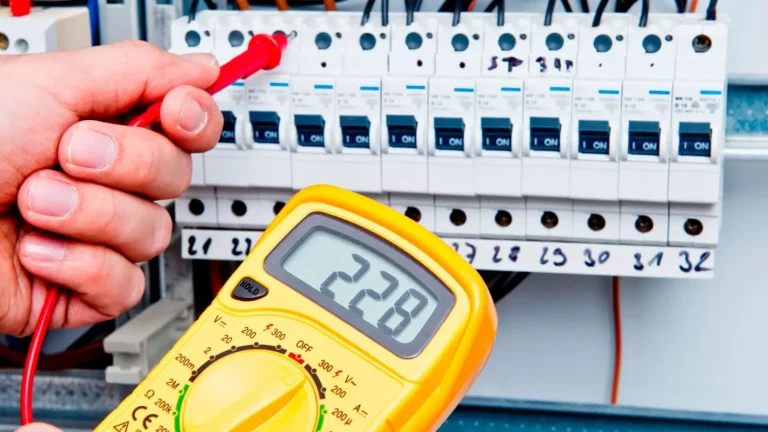What is a Takeoff Sheet in Construction and How to Create it?
A construction Takeoff Sheet is a vital project tool. It enables experts to categorize and precisely calculate the required materials, labor, and equipment by thoroughly assessing project documentation like blueprints, drawings, and specifications. Many professionals rely on expert Construction Takeoff Services to ensure this foundational step is handled with precision.
Understanding what a takeoff entails and how these sheets are prepared is crucial, as they form the basis for accurate cost estimates. Each item is quantified with exact measurements and descriptions, ensuring all necessary details are meticulously recorded.
Significance of Construction Takeoff
Well-planned and organized Construction Takeoff, done with the right tools, can be beneficial for many reasons. Here are a few major ones:
Elevates and Boost Accuracy
The level of accuracy will increase because you will have a comprehensive list of quantities of materials. This will allow estimators to estimate costs more accurately, thus avoiding any unexpected costs.
A Perfectly Balanced Workflow Efficiency
Having a well-managed sheet for takeoffs enables managers to acquire materials in such a way that there is no shortage, and it will also help them to coordinate with others more effectively.
Maintains Project Schedules
A detailed Quantity Take-off Sheet organizes materials by task, clarifying requirements for each stage and keeping the project on track. This detailed breakdown is a core component of professional Material Takeoff Services.
PLAN AND PERFORM A TAKEOFF BY KNOWING ITS IMPORTANCE AND ENSURING A FLAWLESS AND SUCCESSFUL TAKEOFF PROCESS!
A Step-by-Step Guide on How to Create a Construction Takeoff Sheet for a Project
Read ahead and gain insight on some essential steps about how to create a construction sheet for a project:
Step 1: Accumulate All the Relevant Documents
Before commencing the Takeoff process, make sure that you have all the relevant documents, such as blueprints, drawings, and any project specifications, if any.
Once you have all the documents in hand, verify them and identify key elements for Mechanical, plumbing, and electrical Material Takeoff.
Step 2: Use Standardised Measurement Units
Communication and collaboration play a critical role in making a construction takeoff sheet. One of the main determinants in achieving that is a consistent measurement unit. This way, all the materials are being procured on the basis of a common measuring unit, thus eliminating any confusion.
Depending upon which material you acquire, you can use cubic metres for concrete, cement, and similar materials. For drywall and similar materials, you can use square feet, and you can use linear feet for piping, ducting, etc.
Tip: Use the same measuring unit as the supplier so that you won’t be confused when placing orders.
Step 3: Take Accurate Measurements
You have all the necessary documents at your disposal, so take measurements as accurately and as detailed as possible. You must thoroughly measure an item’s dimensions, including length, width, volume, height, area, depth, etc.
Be precise with each measurement, as inaccuracies can lead to costly overruns or material shortages.
Step 4: Classify Your Materials
Categorise your materials for construction. This will simplify the process of takeoff, thus making it easier to locate any material at a later stage. You also have to perform a takeoff for each item separately to make categories. For instance, perform Duct Takeoff individually and in the category of Mechanical in a project.
You can use construction management software for devising categories. In addition to that, if you want to subcategorise, you can also do that if necessary.
Step 5: Include Wastage
When preparing a Take-off Sheet, you must include a wastage factor as well. During the physical work, there can be events where the material can get damaged. That is why it is essential to add a buffer for materials.
A general rule is to include 5–10% extra, depending on the type of material and site conditions.
Step 6: Incorporate Digital Tools for Efficiently Preparing a Takeoff
Use modern digital tools in your takeoff to make the work easier, fluent, and accurate. They will help you to avoid any errors and mistakes during measurements as well as in complex computations.
Popular tools include PlanSwift, Bluebeam, or Autodesk Takeoff, depending on your project scale.
Step 7: Reevaluate for Any Later Changes
A specification can be added or the design can be changed. That is why reviewing the takeoff is essential. It will allow you to update the sheet as required and adjust quantities accordingly.
Make it a practice to revisit your takeoff sheet after major revisions or project meetings.
Step 8: Finalize and Share the Takeoff Sheet
Once all data is reviewed and confirmed, finalize the format and share the sheet with the project team, procurement department, or clients.
Ensure it is well-organized and saved in editable and non-editable formats (e.g., Excel and PDF).
PREPARE A SHEET FOR TAKEOFF BY FOLLOWING THE GUIDELINES IN THIS ARTICLE AND GET THE MOST OPTIMISED OUTCOMES.
Conclusion
In the end, preparing a Construction Takeoff Sheet can be problematic if you don’t know the process. That is why it is important to know how to conduct a takeoff process for a construction project effectively. This article outlines every aspect of performing a Takeoff. It mentions how essential a takeoff is in construction and what steps can be taken to prepare an ideal sheet.
FAQ’s
How many categories can be made for a takeoff?
It depends on the magnitude of your project. The amount of materials needed to complete the project should all be mentioned on the sheet, along with a column for 5-10% wastage of material.
Is it necessary to add a buffer in takeoff?
Yes, it is necessary to add a buffer cost when performing takeoff services. Usually a percentage of 5% – 10% is added for most materials.
Why do I have to use the same measuring unit as a supplier?
Using a small measuring unit as a supplier is not a compulsion. It is convenient as it eradicates any confusion when placing orders for materials.
What digital tools can be used in preparing a Take-off Sheet?
There are multiple digital tools. Here’s a list of the most commonly used:
- PlanSwift
- Bluebeam
- Stack
- On-Screen Takeoff
- Trimble
- Fast Pipe
- Con Est
- Fast Duct Estimating
- Mc Cormick System
Can I use a template?
Yes, you can use a standard template for a take-off sheet. You can modify it according to the project. Make sure that it covers everything and is easily understandable.

